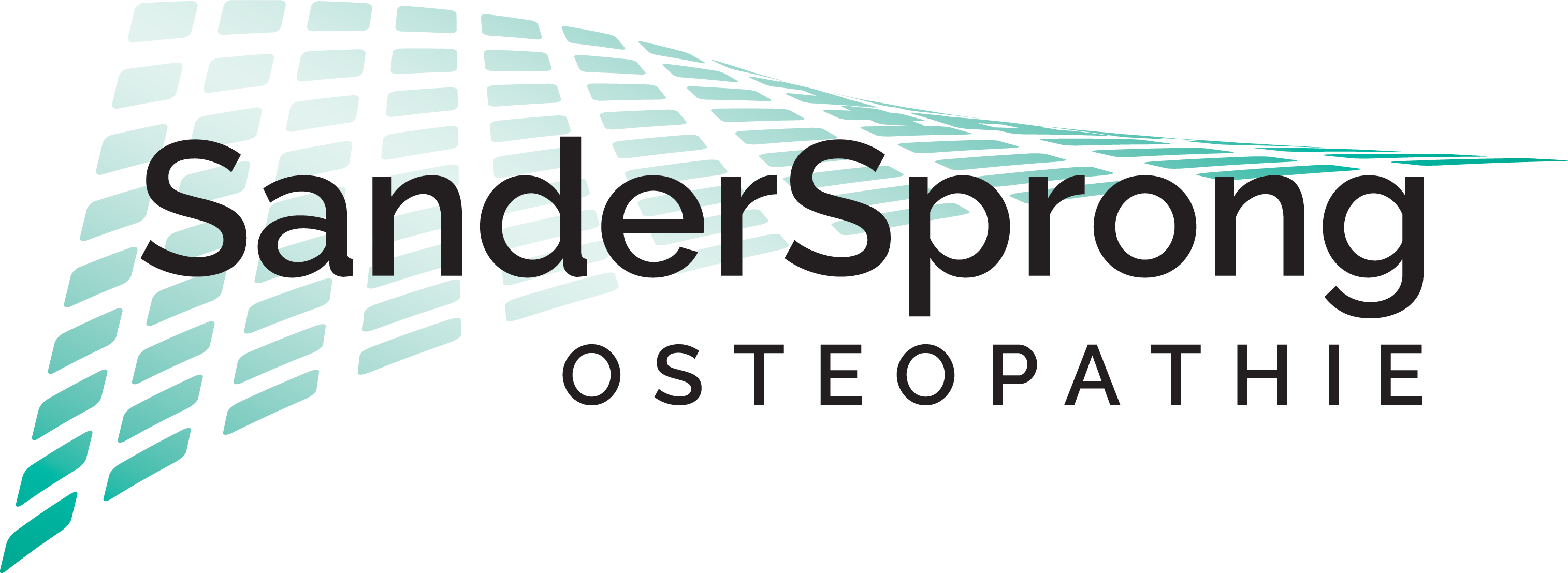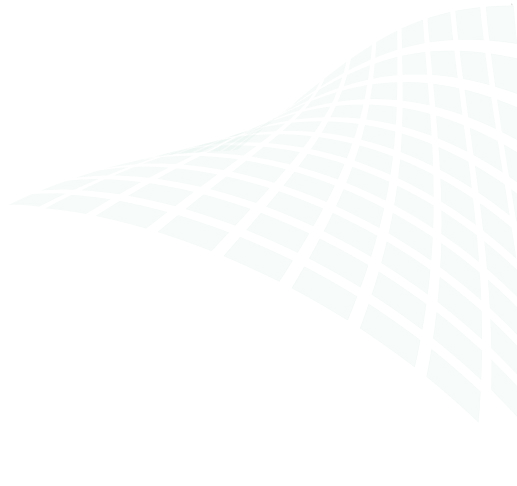The osteopath deals with mobility of the entire human body. Mobility of the musculoskeletal system (the system of joints, joint capsules, muscles and strengthening ligaments), mobility of the organ system and mobility of the craniosacral system.
Suffering from painful or stiff joints?
Do you suffer from painful or stiff joints? Then you probably want to get rid of this as soon as possible! Although joint problems seem to belong mainly to the musculoskeletal system, the osteopath will still examine all three systems mentioned above. This is because the symptoms (pain, stiffness) may manifest in the musculoskeletal system, but the cause need not always be in that same musculoskeletal system. This is because all structures are interconnected. The body cares little about the various systems as we have named them: when tension exists in the small intestine, for example, that tension automatically affects the immediate environment of that small intestine. And this can involve adjacent organs as well as, for example, the back, which is located directly behind the small intestine.
Method of osteopathy
Thus, the osteopathic examination will focus on the area where the complaint is manifesting, as well as the immediate area and even more distant areas that seemingly have nothing to do with the affected area. That is precisely where the power of osteopathy lies: it looks beyond just the spot of the complaint. This does allow the osteopath to make a difference where other practitioners have not been as successful.
Difference physiotherapy or manual therapy with osteopathy
The major difference from other manual medicine methods such as physical therapy, chiropractic, manual therapy or orthomanual medicine is that an osteopath will examine all three systems (the musculoskeletal system, the organ system and the craniosacral system). In cases of painful or stiff joints, it is nice when the practitioner focuses on the cause, not just the complaint.
The three systems are examined by hand for their mobility and where there is increased tension or decreased mobility, that is where the osteopath can restore mobility. In this way, the fluids (blood, lymph, cerebrospinal fluid) can flow freely again and the body’s self-healing ability can work optimally.
If you would like to learn more about the various manual medicine methods and how they relate to osteopathy, you can find more information here.
Going to the osteopath with painful and stiff joints?
If you suffer from painful and stiff joints, visiting an osteopath can be a valuable step. Osteopaths examine not only the specific site of the pain, but also the surrounding structures and even other parts of the body that may be involved. This holistic approach allows them to identify and treat the underlying causes of complaints. This can range from restrictions in the joints themselves to tension in muscles, ligaments or even problems elsewhere in the body that manifest as joint pain. An osteopath can help restore balance and mobility, relieving pain and promoting recovery.


